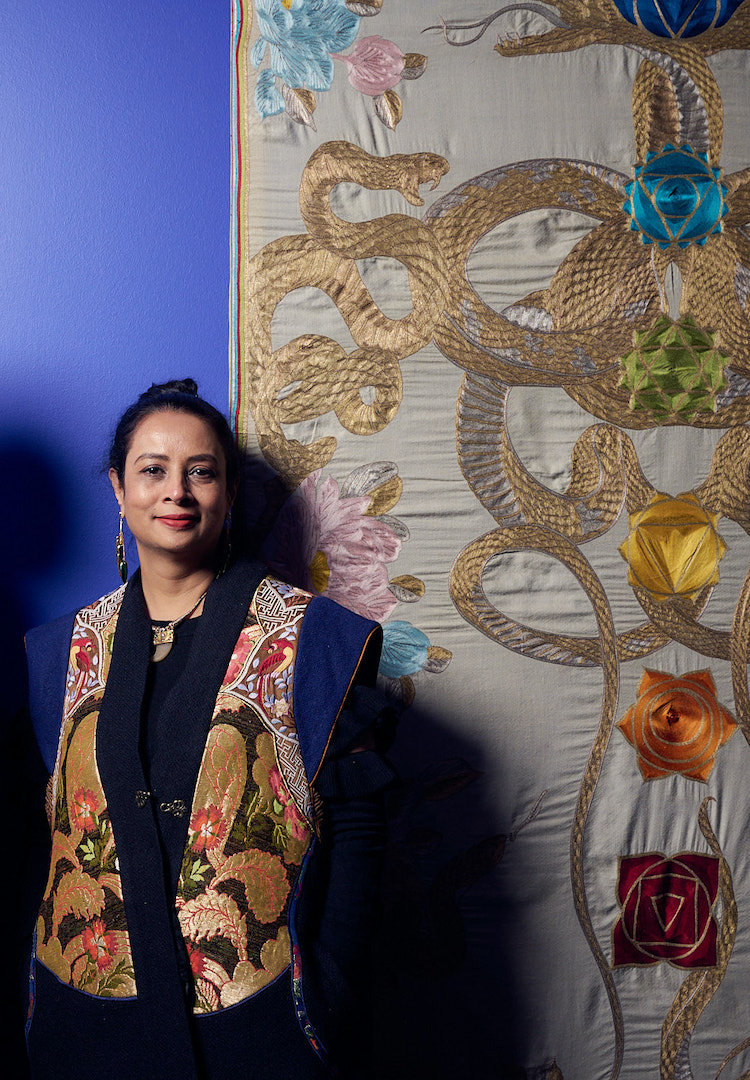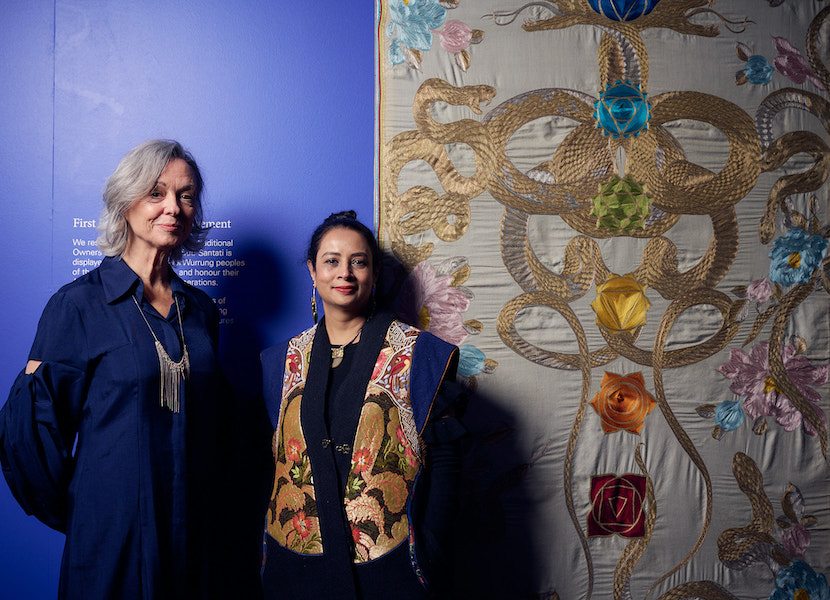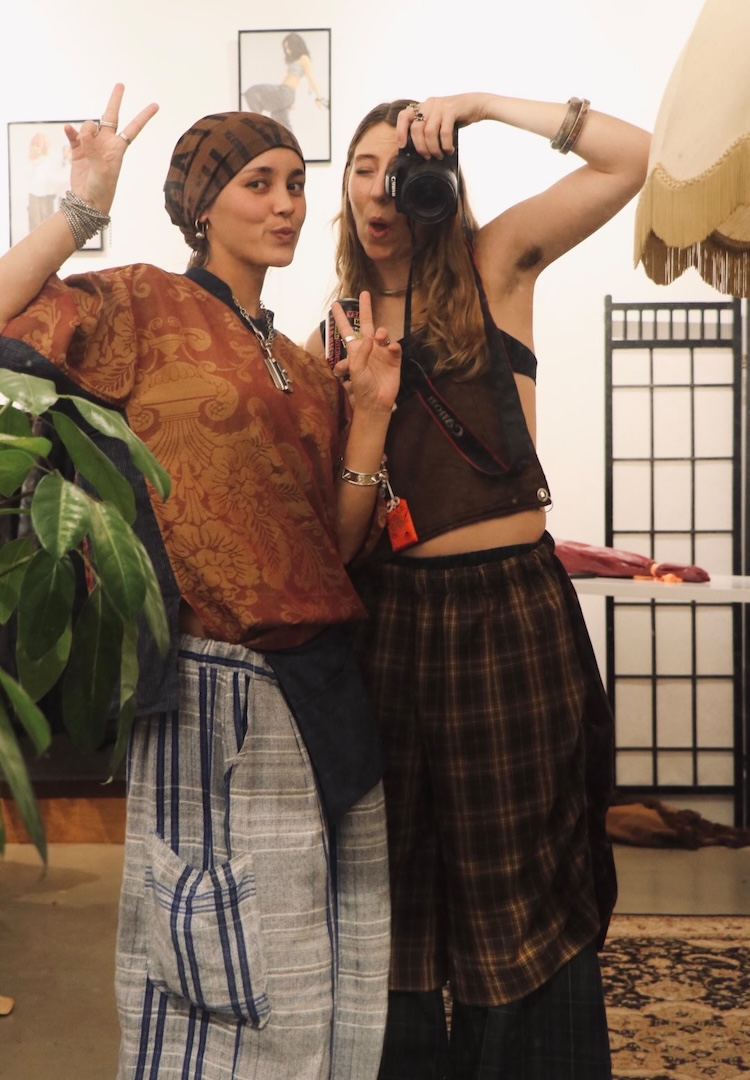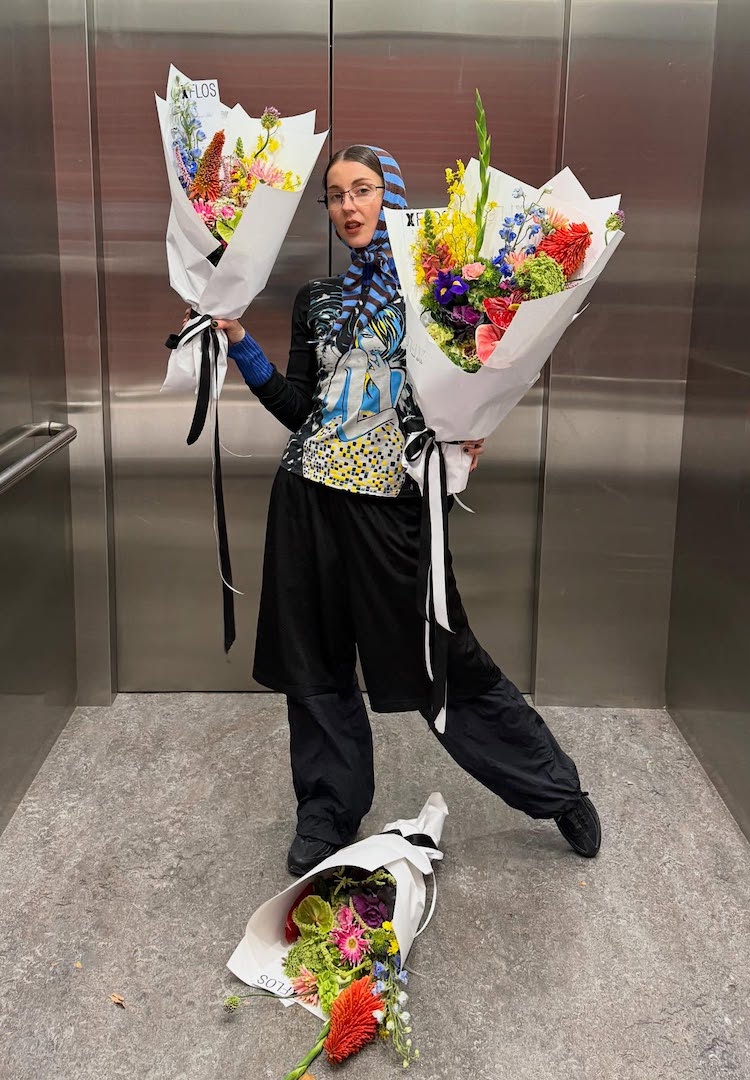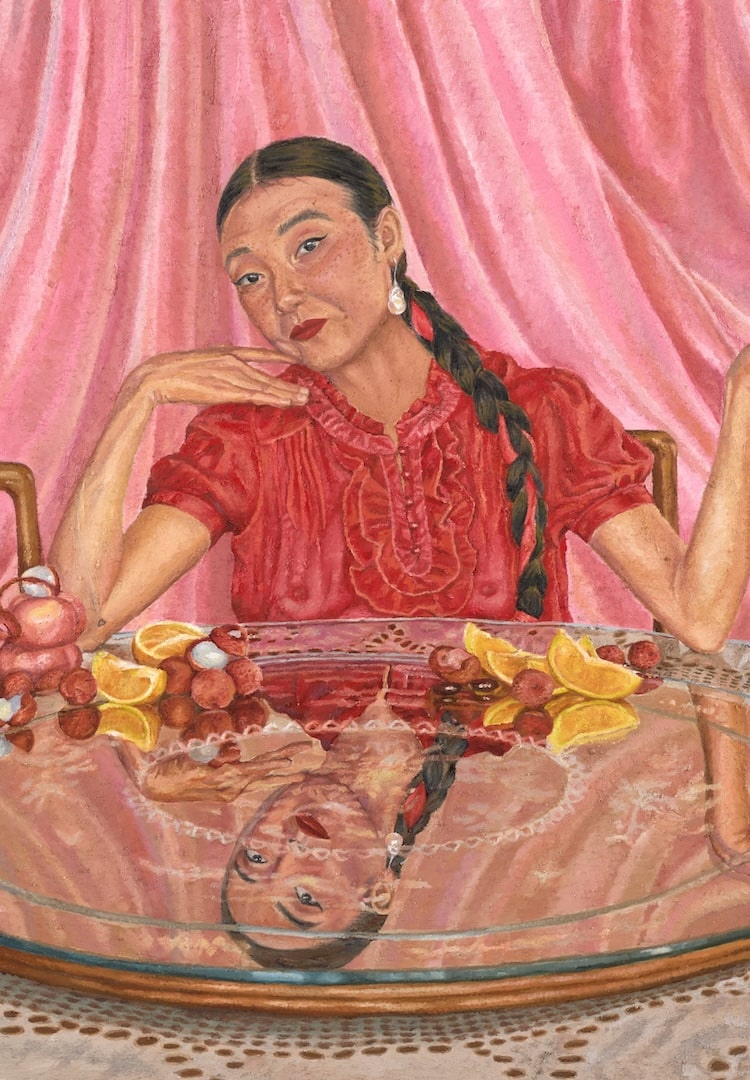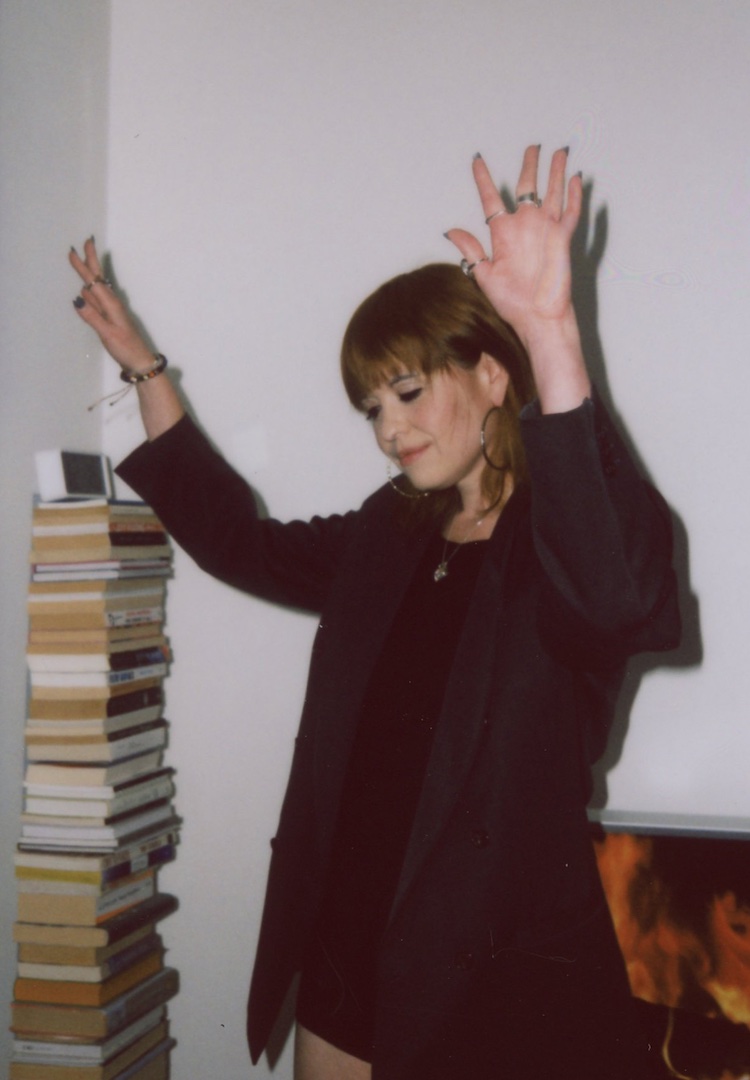Melbourne Museum’s new exhibition pays homage to India’s rich textile history and future
A celebration of the old and new.
If you take a look in your closet right now, there’s a pretty high chance you’ll have a piece of clothing bearing the tag “made in India”. The South Asian country is world-renowned for its garment making – it produces the second-largest amount of fibre in the world and its textile industry employs the second-highest number of people in the nation.
It’s suffice to say India has a long history with textiles. There, the practice dates back roughly 4,000 years. That’s countless hours of weaving, spinning, dyeing and treating. As time moved forward – through the era of the Silk Road, the Mughal Empire and British colonisation – textile traditions became a way to document the country’s past and acknowledge its ongoing development.
Interested to hear how others navigate the world? Head to our Life section.
Sutr Santati: Then. Now. Next., running exclusively at the Melbourne Museum from May 13 to September 3, shines a light on India’s textile history in a fresh, contemporary way. As a celebration of the 75th anniversary of India’s freedom, curator and revivalist Lavina Baldota of the Abheraj Baldota Foundation specially commissioned some of the country’s most prominent artists, craftspeople and designers to create 75 handwoven textile works.
The exhibition, named after the Hindi phrase that translates to ‘thread of continuity’, reimagines traditional methods and mediums in a modern way. Some of the fibres on display include local cotton varieties, muga and eri silk, yak, camel and goat fur, and vegetal fibres such as banana and lotus. These fibres have been woven by hand, embroidered, printed, dyed, painted and manipulated in ways that align with the country’s traditions.
“I am very excited for the people of Melbourne to experience the continuity of the diverse textile heritage of India through the exhibition Sutr Santati: Then. Now. Next.,” says Lavina.
In 2019, the arts professional debuted the first of her Santati exhibitions, called Santati Mahatma Gandhi: Then. Now. Next. in New Delhi to honour what would be the 150th birthday of the legendary activist and progressive Mahatma Gandhi. The large-scale, immersive project asked contemporary artists of various different disciplines to create pieces inspired by Gandhi’s legacy.
View this post on Instagram
Sutr Santati marks the first time the curator displays in Australia. “This is a rare opportunity for our visitors to experience a diverse collection of exquisite handcrafted works from India,” says Lynley Crosswell, Melbourne Museums’ CEO and Director.
“Melbourne Museum is proud to host this international exhibition, curated in celebration of 75 years of Indian Independence. The featured pieces combine traditional techniques with contemporary design, and highlight the remarkable skills of today’s artisans, designers and craftspeople.”
Sitting right at the intersection of history, art, and culture (with a hint of fashion to top it off), the exhibition has a little something for everyone. It’s a full sensory experience that changes with your participation.
At first, admire the entirety of the pieces from a few steps back, before leaning closer to notice how each stitch, seam and thread are precisely placed. It’s the work of centuries worth of expertise. It’s a love letter to textile craftsmanship – in India and as a whole art form.
For more information on Sutr Santati: Then. Now. Next., head here.


